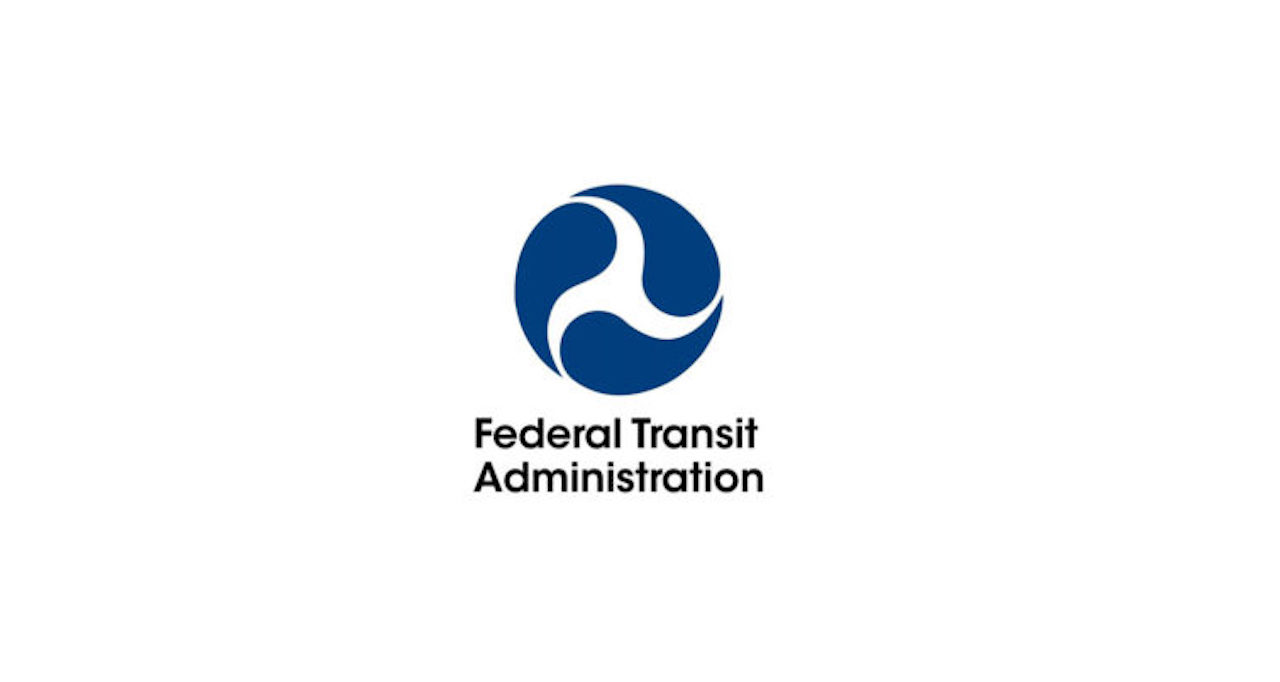
FTA Seeks Input on Hours of Service, Fatigue Risk Management Programs
Written by Carolina Worrell, Senior Editor
The Federal Transit Administration (FTA) is considering minimum safety standards to provide protections for transit workers to obtain rest “thereby reducing the risk of fatigue-related safety injuries.”
According to the advance notice of proposed rulemaking (ANPRM), announced in the Oct. 30 edition of the Federal Register, FTA is seeking public input regarding hours of service (HOS) and fatigue risk management programs (FRMP) to “understand better current industry practices, priorities, requirements, and the costs and benefits of Federal requirements.”
The information received in response to this ANPRM, FTA says, will assist the Administration as it considers potential regulatory requirements. Comments are due Dec. 29, 2023.
This ANPRM, FTA says, is not requesting input on other topics that may impact a transit worker’s fitness for duty, including medical qualifications and prescription and over-the-counter drug use, unless they are relevant to HOS or FRMP. FTA may address those topics independently in the future.
According to FTA, at present, there are no Federal minimum standards for HOS regulations, which reduce excessively long work hours, and FRMP, which address other workplace factors impacting fatigue, such as training and scheduling, in the transit industry.
“Public transit is the only mode of transportation without such standards for its workers,” FTA said. The National Transportation Safety Board (NTSB) and FTA’s Transit Advisory Committee for Safety (TRACS), among others, have recommended regulatory action to address safety concerns associated with transit worker fatigue. NTSB has found fatigue to be a cause and contributing factor for dozens of fatal transportation events dating back almost 40 years.
According to FTA, NTSB has repeatedly identified rail transit crashes in which fatigue played a role. In 2004, two Washington Metropolitan Area Transit Authority (WMATA) Metrorail trains collided at the Woodley Park station, resulting in the transport of about 20 people to local hospitals and causing an estimated $3.45 million in property damage. NTSB found that the train operator, who had only eight hours off between shifts, “did not have the opportunity to receive adequate sleep to be fully alert and to operate safely.”
In 2014, a Chicago Transit Authority (CTA) train collided with a bumping post at O’Hare Station and went up an escalator at the end of the track, resulting in 33 injured passengers, an injured train operator, and $11.1 million in damages. NTSB found that the train operator had worked 12 consecutive days and nights and experienced the effects of a cumulative sleep debt, which contributed to them falling asleep.
In 2021, two Massachusetts Bay Transportation Authority (MBTA) light rail vehicles collided, resulting in 24 injured passengers, three injured crewmembers, and about $2 million in equipment damage. The train operator told investigators that they believed they had fallen asleep.
In addition to NTSB’s reports, local investigations have identified fatigue-related transit crashes. For example, on March 11, 2023, a Denver Regional Transportation District (RTD) light rail train derailed, resulting in injuries to two people, the train and RTD track, and station infrastructure. RTD determined that the train operator likely fell asleep before impact.
In addition, the Washington Metrorail Safety Commission (WMSC) has identified at least two recent incidents in which a train operator appeared to fall asleep while operating the train.
FTA’s stakeholders have also identified fatigue as an area of concern. On July 15, 2021, FTA published a Request for Information (RFI) to solicit input from the public regarding information and data on transit safety concerns that FTA should evaluate for potential action. FTA received 86 comments from 78 individuals and organizations, including rail transit agencies, State Safety Oversight Agencies, labor unions, industry businesses and organizations, and private individuals. Respondents, including 4 transit agencies, offered 21 comments recommending FTA develop HOS requirements.
Studies and medical research reports indicate that fatigue can “deleteriously affect transportation worker performance,” according to FTA. FTA’s 2022 report, “Medical Fitness for Duty and Fatigue Risk Management” prepared by the Center for Urban Transportation Research (“CUTR 2022 Report”), concluded that a fatigued transit worker may be unable to effectively perform safety-critical tasks, which may lead to “catastrophic events.”
A 2017 National Safety Council report, Fatigue in Safety-Critical Industries, found that 97% of employers in the transportation industry state that workers feel the impact of fatigue (the highest among all the safety-critical industries surveyed), that 66% reported decreases in productivity due to fatigue, and that 45% stated they had experienced safety incidents due to fatigue-related issues.
In a study of railroad employees, the Federal Railroad Administration (FRA) found that exposure to fatigue raised the chance of a human factors’ accident by 11% to 65%.
Two research studies specifically examine transit bus operator fatigue. The first study found an increased propensity for collision involvement with an increase in weekly driving hours. The second study found that most bus operators work split schedules, which use shifts that are broken by a long break, typically two or more hours. The study found that split schedules are the most fatigue-inducing schedule.
News reports of fatigue-related transit bus crashes also indicate, anecdotally, that transit bus operator fatigue is more prevalent than is captured in NTSB accident reports and State Safety Oversight Agency incident reports to FTA.
FTA does not collect fatigue data as part of its National Transit Database (NTD), and there are no Federal requirements that the influence of fatigue be recorded during safety incident investigations.
According to FTA, Congress directed the Administration to establish a comprehensive Public Transportation Safety Program in the Moving Ahead for Progress in the 21st Century Act (Pub. L. 112–141) (MAP–21), which was reauthorized by the Fixing America’s Surface Transportation Act (Pub. L. 114–94). The Bipartisan Infrastructure Law (BIL), enacted as the Infrastructure Investment and Jobs Act (Pub. L. 117–58) (IIJA), continues FTA’s authority to regulate public transportation systems that receive Federal financial assistance under chapter 53 of title 49. Section 5329(f)(7) of title 49, United States Code, authorizes FTA to issue rules to carry out the public transportation safety program.
Section 5329(b)(2) of title 49, United States Code, directs FTA to develop and implement a National Public Transportation Safety Plan (NSP) that includes minimum safety standards to ensure the safe operation of public transportation systems. In 2017, FTA published its first iteration of the NSP, which was intended to be FTA’s primary tool for communicating with the transit industry about its safety performance.
Subsequently, on May 31, 2023, FTA published proposed revisions to the NSP to address new requirements in the IIJA, to continue to “mature FTA’s national safety program and to advance transit safety further (88 FR 34917).” While the NSP currently contains only voluntary standards, FTA says it is considering whether to propose mandatory standards for transit worker hours of service and fatigue risk management through a new rulemaking.



